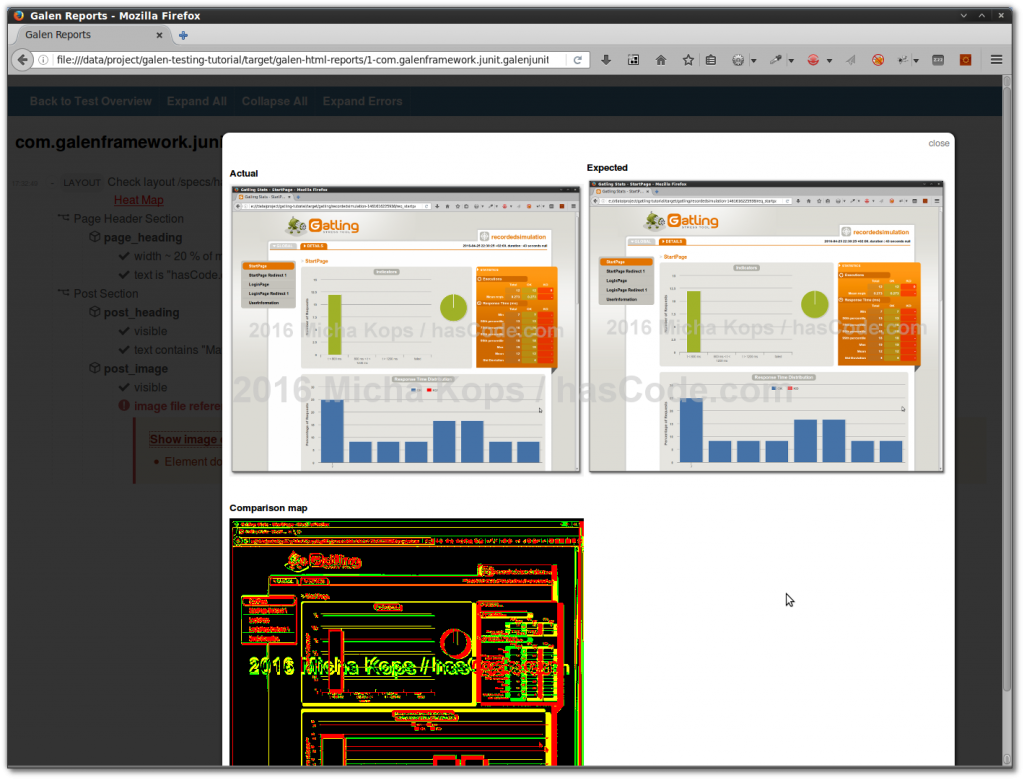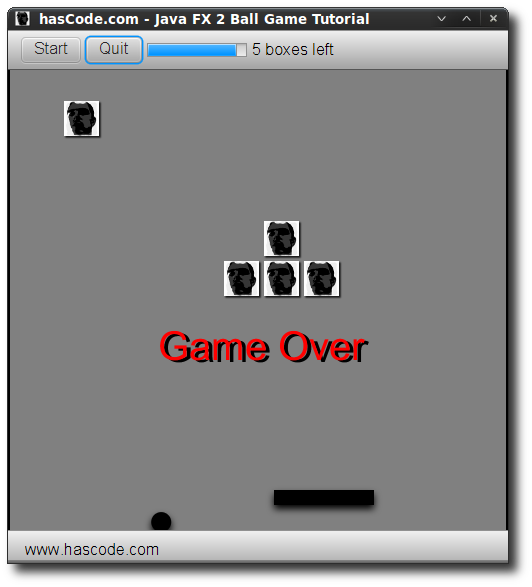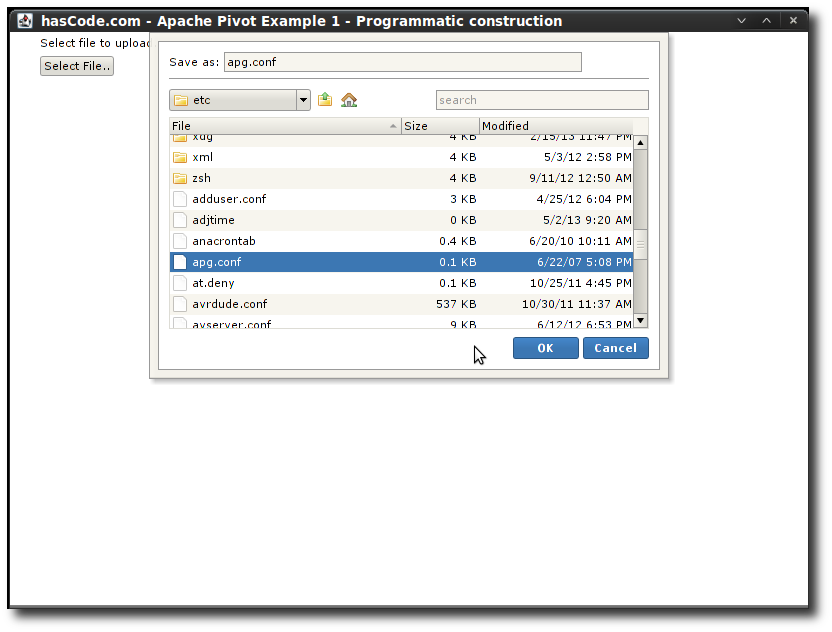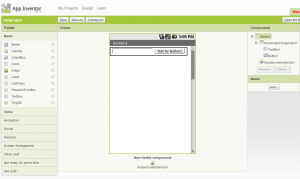
Layout Testing with Galen, JUnit and Maven
Writing tests not only to verify the behaviour of a web site but also the correctness of its layout especially for responsive websites is not always easy. Luckily the Galen Framework eases the task of writing layout tests for us, offering a specialized domain-specific-language to write layout-specifications, it integrates well with Selenium Grid, Sauce Labs or BrowserStack, it offers an easy way to deal with different browser sizes and responsive designs and it generates nice, detailed test reports. ...





